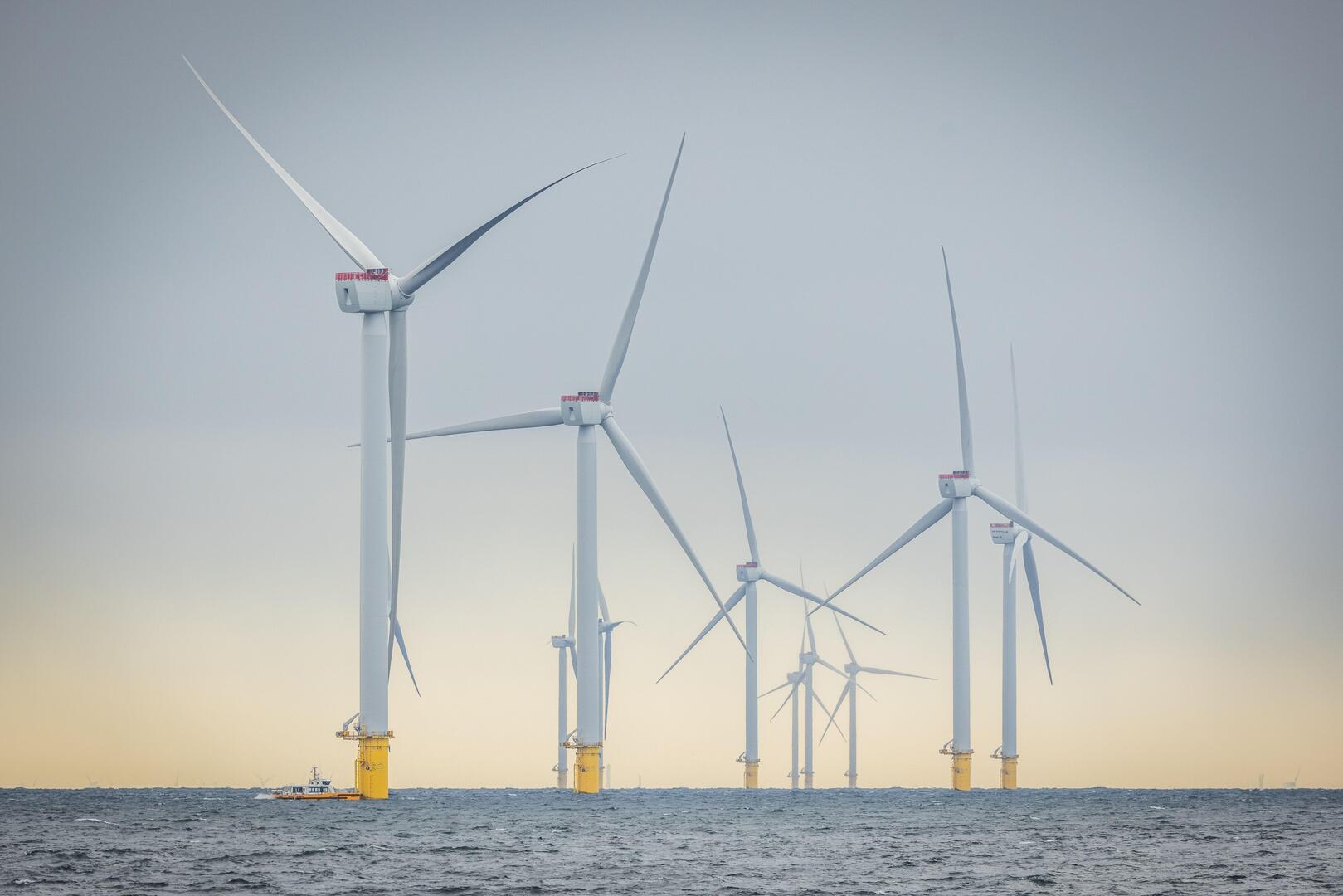Chaos on Britain’s Electricity Grid: A Closer Look at May 29
At the beginning of a challenging day in late May, employees at the National Energy System Operator’s control room in Wokingham, Berkshire, arrived for their morning shift, blissfully unaware of the turmoil that lay ahead. On May 29, the national electricity grid experienced significant instability, prompting a frantic effort to maintain the balance between energy supply and demand and avert blackouts.
The grid necessitated an extraordinary 24,742 balancing actions throughout that day, a markedly higher figure than usual. These balancing actions involve directives from the control room designed to adjust the output from power stations to achieve equilibrium between energy supply and overt demand.
The challenges arose primarily from an unexpectedly high output from wind energy, coupled with inaccurate forecasting by the system operator. Predictions suggested wind energy would exceed 14GW for most of the day, peaking over 21GW in the morning. This influx drove down day-ahead power prices, incentivizing energy exports through undersea cables due to the lower pricing in Britain compared to its neighbors.
However, the initial forecasts turned out to be significantly flawed. As the sun rose and energy demand surged, it became evident that the anticipated wind power generation was overstated. Surprisingly, the more immediate forecasts provided even less accuracy, indicating high wind output that failed to meet expectations.
The stark divergence between forecasted and actual generation levels posed a complex challenge for the control room, typically necessitating extensive re-dispatching—a process where new instructions are sent to power stations to alter their operating plans.
This miscalculation led to contradictory flows in the undersea cables connecting the UK with Europe. For instance, there were instances when energy was imported from France over the IFA2 cable while simultaneously being exported through IFA1, and occasions of importing from Scandinavia over the North Sea Link while exporting to Denmark via the Viking Link.
The National Energy System Operator engaged in multiple interconnector trades until 2pm, all of which involved exports at negative prices, meaning that Britain was effectively paying other countries to accept its surplus electricity.
Control room staff worked diligently to navigate the ramifications of these alterations. Gas power stations, including Marchwood near Southampton and Grain in Kent, received various instructions that were directly influenced by shifting wind outputs and interconnector flows.
Further north, gas plants like Staythorpe, West Burton, and Keadby were generally requested to reduce output in response to elevated local generation from renewable sources like wind and solar.
In regions such as Wales and the North West, gas stations like Deeside and Rocksavage were more consistently asked to ramp up their production.
The scenario epitomized a complex balancing act throughout the day. Poor wind forecasts in tandem with export commitments occasionally left the system under-resourced, while uneven geographic distribution of wind farms, coupled with grid limitations, complicated the maintenance of grid stability. The high wind output, despite being below expectations, generated localized surpluses.
By 2pm on May 29, the control room had already completed almost 6,500 balancing actions, averaging 15 per minute during the shift, and the pace intensified, exceeding 17 actions per minute for the remainder of the day.

Understanding the Grid Mechanics
The foundation of the power grid relies on alternating current (AC) generated by large turbines in gas and nuclear facilities to maintain a frequency of 50 hertz. The transition towards renewable energy sources has led to the increased incorporation of intermittent resources such as wind and solar energy, which are converted into direct current (DC)—presenting challenges as they interact with an AC grid.
Moreover, wind and solar generation lack inertia, a vital characteristic that traditional generators possess: larger, heavier machines that resist changes in speed, acting as stabilizers that mitigate fluctuations in grid frequency.
The absence of inertia from wind and solar means that transitioning away from conventional power generation reduces the grid’s resilience to faults—a factor exemplified by a recent blackout in Spain caused by an unresolved grid fault.
Grid operators must continually balance supply and demand to ensure frequency remains stable across the system at 50 hertz. This balancing mechanism experienced considerable strain on May 29 as the operators executed numerous re-dispatching strategies.

Lessons from the Day of Disruption
May 29 serves as a case study of the complications that arise when connecting weather-dependent direct current renewables to an alternating current power grid without sufficient foresight. Under the oversight of the industry regulator Ofgem, there has been a focus on expediting the connection of wind farms while postponing the resolution of grid bottlenecks.
This sometimes necessitates paying wind farms to curtail generation due to an inability to deliver power to consumers. It also complicates grid management, as weather conditions are inherently unpredictable, and substantial under-investment persists in both grid infrastructure and necessary management tools.
The software that supports the balancing mechanism dates back to the 1980s and suffers frequent outages. Had such an outage occurred on May 29, control room personnel might have been compelled to revert to manual instructions via telephone, an impractical task considering the high frequency required. The grid’s stability could have easily been compromised, leading to potential blackouts.
The operator’s potential fallback would involve switching off wind power and ramping up gas generation, hoping this could be executed swiftly enough to maintain grid stability.
While control room staff demonstrate commendable resilience with inadequate resources, reliance on individual heroism is not a sustainable strategy for operating a secure modern power system.
Kathryn Porter serves as an energy consultant and founder of Watt-Logic.




Post Comment